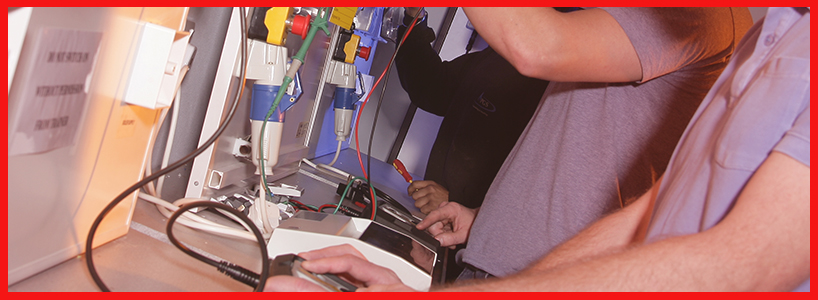Do you know the difference between PAT Testing and Electrical Testing, do you get confused by the two disciplines? Are you competent to carry out these tasks? Do you need appropriate training?
To ensure domestic electrical installations, wiring and electrical appliances are safe, they can be tested. There are different types of electrical testing, depending on the requirements: PAT Testing (or Portable Appliance Testing) focuses on freestanding electrical appliances, powered via a plug and socket (toasters, laptops etc.) Periodic Inspection and Testing covers regular testing of electrical installations to check they are still safe.
Back to Insights
PAT Testing
Portable Appliance Testing PAT) is required to ensure electrical appliances are safe to use. Equipment is tested visually and using a PAT tester, both methods must be employed to ensure safety. PAT testing is required in tenanted properties, public buildings, such as schools, and places of work. Formal visual inspection and testing by a competent person is recommended at appropriate intervals, depending on the appliance and the environment. For example, a power tool used on a construction site should be examined more frequently than a lamp in a hotel bedroom.Who can carry out PAT Testing?
PAT testing must be carried out by someone with the correct knowledge and skill, but it doesn’t necessarily have to be an electrician. We provide PAT Testing training, to ensure those responsible can complete this task safely and effectively.Periodic Inspection and Testing
Periodic Inspection and Testing is designed to ensure electrical installations remain safe and in good working order. All electrical installations deteriorate with age and use, so should be inspected and tested at regular intervals, particularly in rented properties or public buildings, to ensure they meet the standards of the 17th Edition Wiring Regulations. You may also carry out a Periodic Inspection and Testing when someone moves house, for example.A periodic inspection will:
- Reveal if any of your electrical circuits or equipment are overloaded
- Find any potential electric shock risks and fire hazards
- Identify any defective electrical work
- Highlight any lack of earthing or bonding
- Tests are also carried out on wiring and fixed electrical equipment to check that they are safe and a schedule of circuits is also provided.









